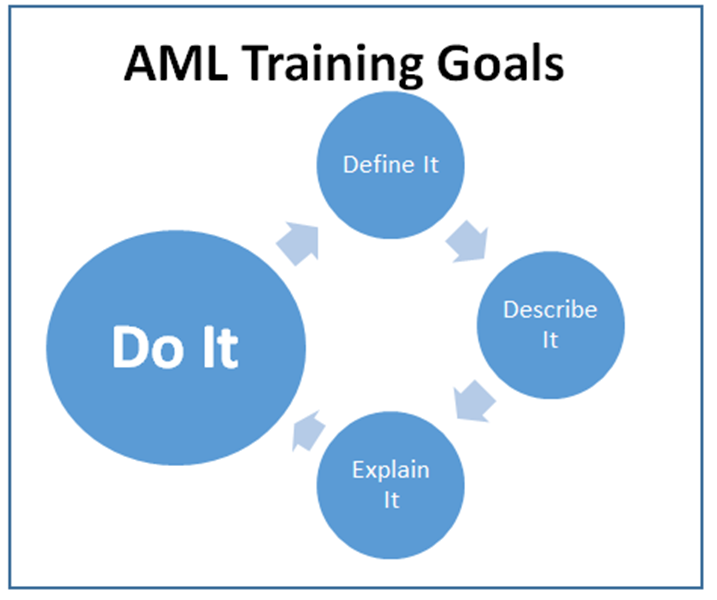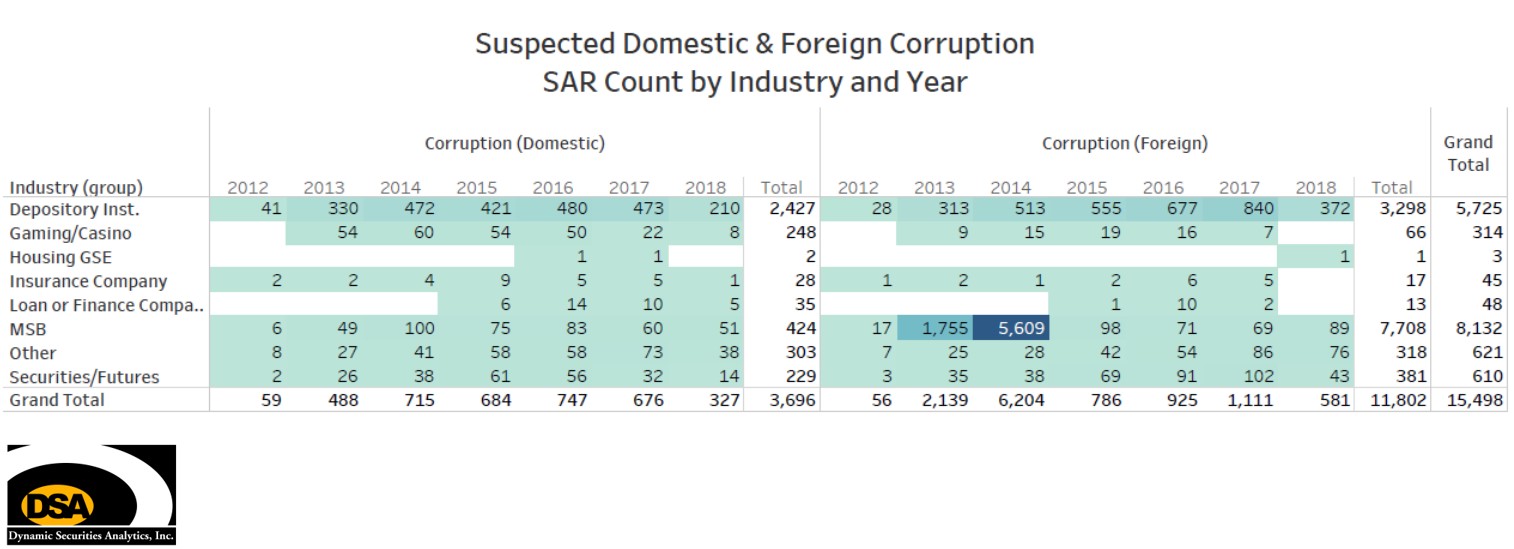Part of the Problem
Anti-Money Laundering (“AML”) regulatory enforcement actions often cite poor AML training as contributing to the environment that allowed a violation to occur at a financial institution. Very often, the same enforcement action mandates more AML training.
That makes me wonder why doing more of something that the financial institution was doing poorly in the first place, is the cure. To paraphrase Christopher Walken, “the only prescription is more cowbell AML training.”
AML Training Sanction Trends
Recent regulatory enforcement actions include specific requirements for sanction-mandated AML Training:
- Specific to job, product, Line of Business, customer type, etc.
- Training Strategies & Objectives
- Mandatory attendance
- Frequency
- Updating materials
- Documented
Regulators’ AML training expectations have moved well beyond vocabulary tests.
Part of the Solution
AML Training Goals
Individuals tasked with developing and overseeing AML training for a financial institutions should determine the objective of the training. Do you want a bank teller to be able to list the three stages of money laundering or do you want him to recognize when structuring occurs at his window? Do you want your operations staff to know the definition of layering or do you want them to properly escalate the issue it when they identify it?
AML training professionals should focus on what you want the employees to be able to DO after the training. Is it: define, describe, explain, recognize, escalate, investigate or something else?




